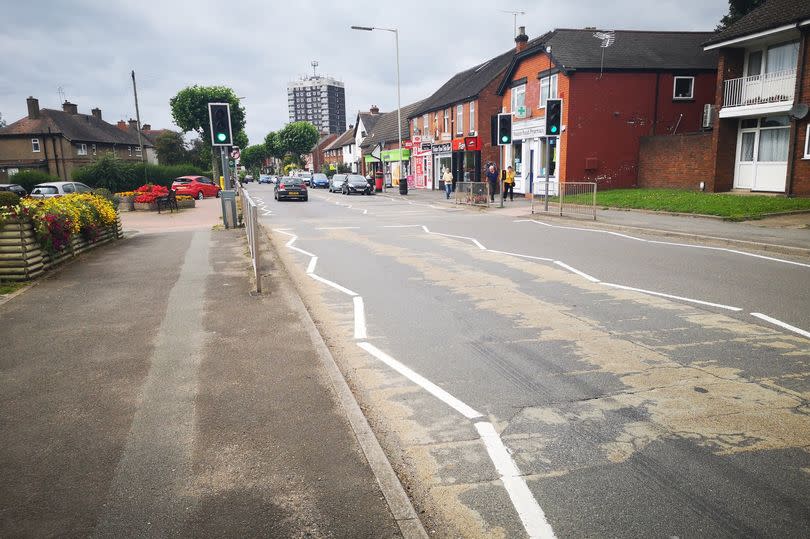People are only just realising why there are zig-zag lines on main roads

A zig-zag road marking has left the internet scratching their heads.
While we all know our stop signs and double yellow lines, some of the more obscure road rules can slip through the cracks as the years since our driving theory tests add up.
That's exactly why a bunch of people were confused when they found out what the squiggly road marking actually signifies. Those white zig-zag lines you spot daily at the roadside are easy to overlook if they don't seem immediately relevant to you.
Over on Reddit, someone was puzzled enough to post: "What do these lines mean?," highlighting the bold zig-zags on a typical city street. The query sparked a wave of equally perplexed responses, with one user questioning: "Are you allowed to park there?"
Meanwhile, another grumbled about the abundance of signs by adding: "Enough signs." But here's the kicker – those white zig-zag lines are actually important.
The road markings that feature in the UK's Highway Code have a few important rules attached to them that could come in handy. For starters, parking over these lines is a definite no-go due to safety concerns, especially since they're usually found before pedestrian crossings.
And don't even think about overtaking the car in front of you within these lines, or any vehicle that's stopped for pedestrians, as it's a clear violation of the rules.
So why are the regulations so strict? You'll be pleased to know it's all in the name of pedestrian safety.
The experts on the Northern Marking website add: "White zigzags are commonly found either side of pedestrian crossings. They are designed to indicate that parking and overtaking in these zones is strictly prohibited.
"The same rule applies to yellow zigzag lines, which are found outside of schools, hospitals, police and fire stations. Their purpose is to provide pedestrians, children and staff a clear, unobstructed view of the road in front of them."

 Yahoo Sport
Yahoo Sport 






































